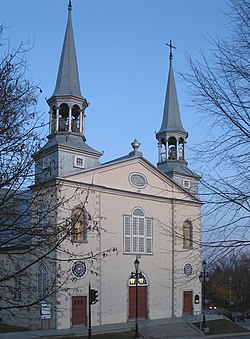
Lanaudière is one of the seventeen administrative regions of Quebec, Canada, situated immediately to the northeast of Montreal. It has a total population of 494,796 inhabitants, an increase of 4.9% over the 2011 census.

Quebec City is divided into six arrondissements or boroughs. These boroughs are the result of several waves of amalgamation and reorganization of the political boundaries of Quebec City.
Montmorency was a federal electoral district in the province of Quebec, Canada, that was represented in the House of Commons of Canada from 1867 to 1917, and from 1968 to 2004.

Beauport is a borough of Quebec City, Quebec, Canada on the Saint Lawrence River.
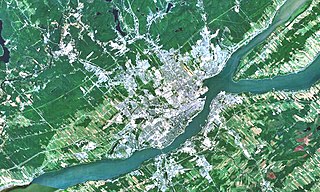
The Communauté métropolitaine de Québec (CMQ), or Quebec Metropolitan Community, is an administrative division of the province of Quebec, comprising the metropolitan area of Quebec City and Lévis. The CMQ is one of the two metropolitan communities of Quebec.

The Sir Wilfrid Laurier School Board is a school board headquartered in Rosemère, Quebec in Greater Montreal.
Quebec County was a historic county in the province of Quebec, Canada. The county included the Quebec City metropolitan area and extended northwestward. The county seat was Loretteville.

The Canadian province of Quebec first required its residents to register their motor vehicles in 1906. Registrants provided their own licence plates for display until 1908, when the province began to issue plates. Plates are currently issued by the Société de l'assurance automobile du Québec.
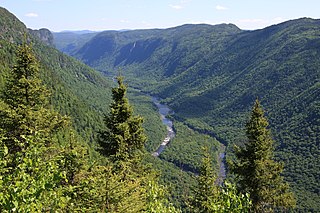
Réserve faunique des Laurentides, also known by its former name of parc des Laurentides, is a wildlife reserve in Quebec, Canada, located between Quebec City and the Saguenay–Lac-Saint-Jean region. This reserve is part of the network of wildlife reserves of Quebec (Canada) managed by the Ministry of Energy and Natural Resources (Quebec) and the Société des établissements de plein air du Québec. It is located halfway between Saguenay and Quebec.
The Centre de services scolaire des Samares is a francophone school district headquartered in Saint-Félix-de-Valois, in the Canadian province of Quebec. It comprises several primary schools and high schools across municipalities in the Lanaudière region. The commission is overseen by a board of elected school trustees.

The Communauté urbaine de Québec was a regional municipal body that existed in the area around Quebec City from 1970 to 2001.
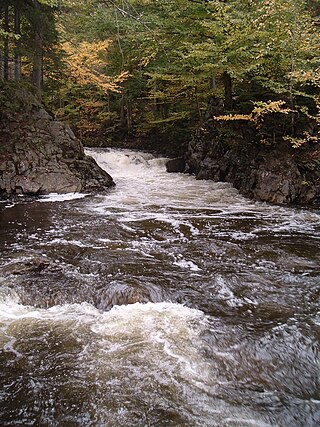
The Jaune River is a tributary of the Saint-Charles River flowing in the administrative region of Capitale-Nationale, in the province of Quebec, Canada. The course of the river crosses:

The Rivière du Berger is a tributary of the Saint-Charles River located in Quebec, in the administrative region of Capitale-Nationale, in the province of Quebec, in Canada. It is 18.4 km long.
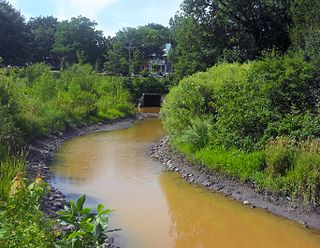
The Lairet River is a tributary of the Saint-Charles River, crossing Quebec City, Quebec, Canada. Over two kilometers long, it took its source in the vicinity of Charlesbourg and flowed in meanders in Limoilou. It has been completely channeled since the 1960s, except for a segment refitted in 2008.
This is a list of 78 federal electoral districts in the province of Quebec.
